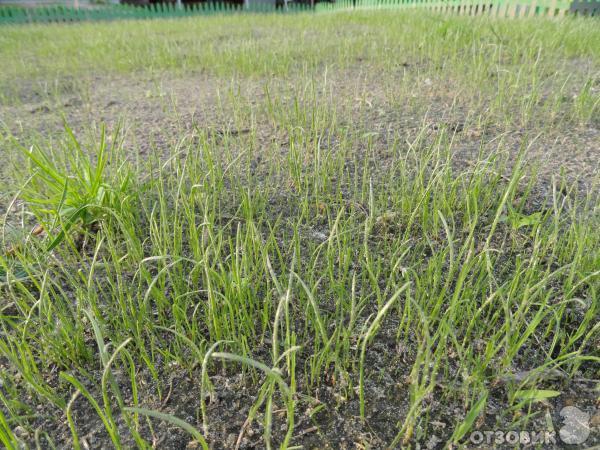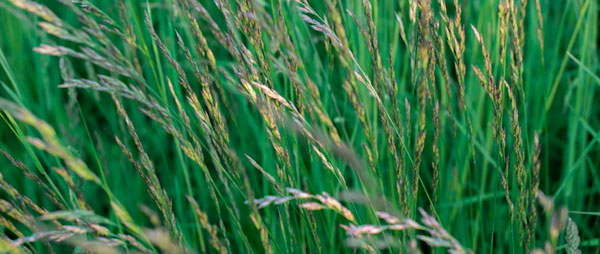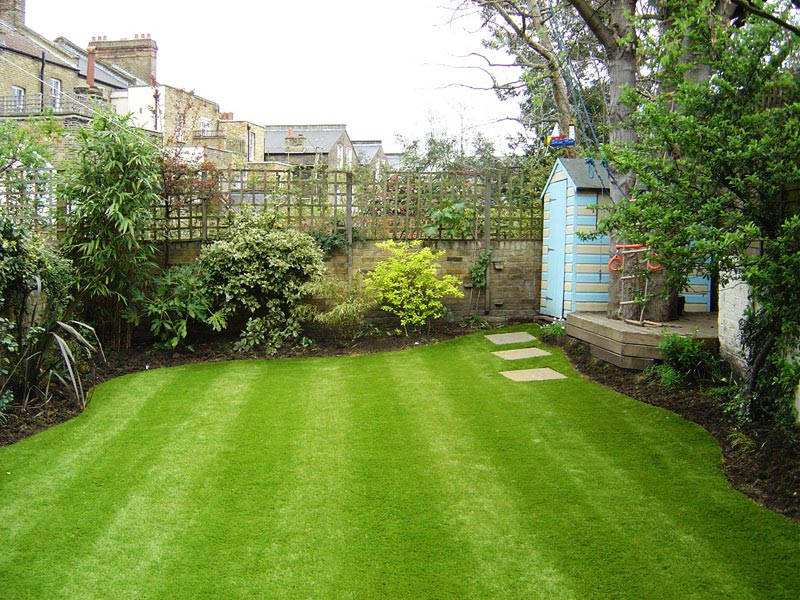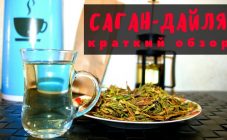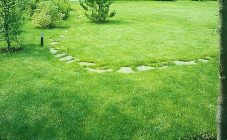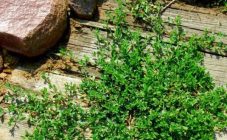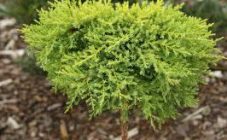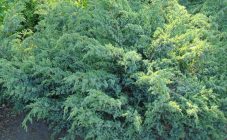Content:
If the summer resident does not know what to do with empty plots in the garden or dreams of his own lawn, then the best solution to the problem is to plant a lawn.
Turfline lawn grass
Turfline is a lawn grass produced by the Danish company DLF-TRIFOLIUM, which has been operating since 1989.
Selecting for grass mixtures already familiar to many cereals, breeders were worried about how to improve their characteristics and bring out qualitatively new varieties.
Officially, the company has set a goal - to come up with inexpensive sowing compounds with which you can create lawn coverings in a variety of places:
- in the shady and sunny area;
- in play areas;
- on sports grounds;
- flowering lawns;
- dry places without watering.
Turfline grass mixtures are the seed composition of several types of cereals and clovers. They are packaged in cardboard packages and bags of 1 and 7.5 kg, respectively.
Lawn grass composition
The Turfline lawn structure consists of the most hardy grasses, adapted to conditions in various climatic regions of Europe and Asia:
- Meadow bluegrass is widely used for sports lawns due to its durability. Feels good in the harsh winter and heat. A versatile lawn component.
- Red fescue is a basic component for lawns in gardens and parks. Narrow-leaved, densely growing. Drought and frost resistant. Feels good in the shade. Its seeds make up most of the ornamental lawn.
- Sheep fescue is thin-leaved, very resistant to drought and cold weather. Good planting on roadside slopes.
- Reed fescue - has increased drought resistance due to a well-developed root system. An obligatory component of the lawn mixture for hot and dehydrated areas.
- Pasture ryegrass is one of the main components for lawns with increased exploitation. One of the first sprouts and takes root quickly.
Lawn types and characteristics
Lawn designs are often the same, but each has a different specialization. Turfline lawn is represented by various grass mixtures:
- Sport - the name of the Turfline lawn speaks for itself. Due to the significant proportion of reed fescue seeds and perennial ryegrass, it provides a quick recovery of appearance after intensive use.
- Grass fix - thanks to the unique iSeed technology, the cost of effort and money for fertilization is minimized. Each seed envelops a shell of the most important nutrients, which dissolve in the soil and provide the necessary feeding.
- Ornamental is a quality lawn grass that feels good both in the sun and in the shade. Recovers quickly.
- Eco-Lone - due to the presence of microclover in the mixture, the need for nitrogen-containing fertilizers disappears. What makes this mixture environmentally beneficial for landscaping playgrounds, gardens and parks.
- Shadow is a composition of narrow-leaved grains that are resistant to wear. Suitable for shaded areas intended for outdoor activities - gardens, parks. Looks like a lawn ornamental.
- Sunshine - Due to its high proportion of heat-resistant fescue and ryegrass species, it is excellent for open areas and dry regions with high summer performance and frequent use.
- Wild Meadow is a blend of 20 different annual and perennial flowers and cereals. Allows you to create the image of a picturesque meadow right in front of the house. Requires more careful care.
Diseases and pests
The degree of susceptibility of lawn grass to disease is determined by its composition. Fescue and bluegrass are most susceptible to diseases, they can be affected by:
- fusarium - small and large spots are treated with a systemic fungicide;
- powdery mildew - it is necessary to stop feeding for a while and treat the lawn with fungicides;
- rust, red threadiness - usually occurs against the background of a deficiency of mineral fertilizers and moisture.
How to grow a beautiful lawn yourself
To create the perfect lawn, follow these guidelines:
- before choosing a suitable lawn, you must read the product description;
- sowing can be carried out from March to October (before frost);
- pre-prepare the soil - dig up, apply fertilizers according to the type of soil, then ram the surface of the soil to achieve the most even surface;
- plant crosswise - one part of the seeds in one direction, the other - across;
- bookmark to a depth of no more than 1 cm;
- planting density - 3 kg per m²;
- water regularly with finely dispersed streams.
As you can see, the Turfline lawn is adapted for various purposes - sports, outdoor activities, simulated meadows, etc. Rationally selected cereals will allow you to enjoy a thick and juicy carpet of greenery for a long time, and simple care will not burden you at all.
